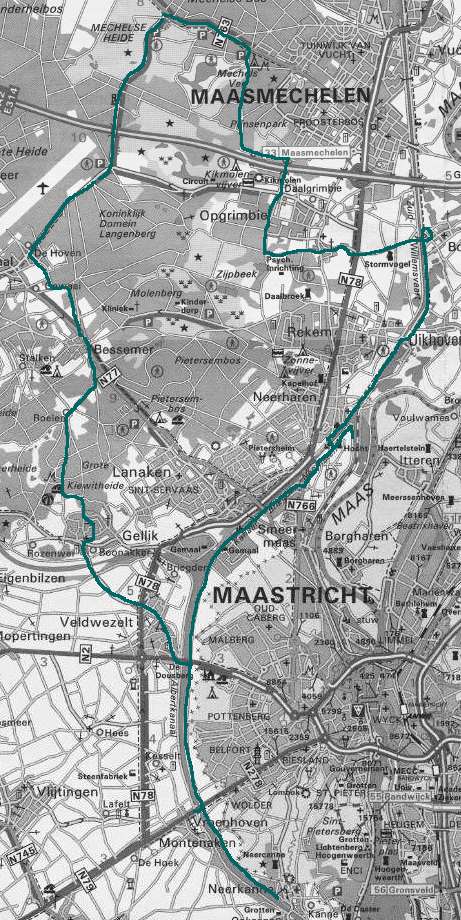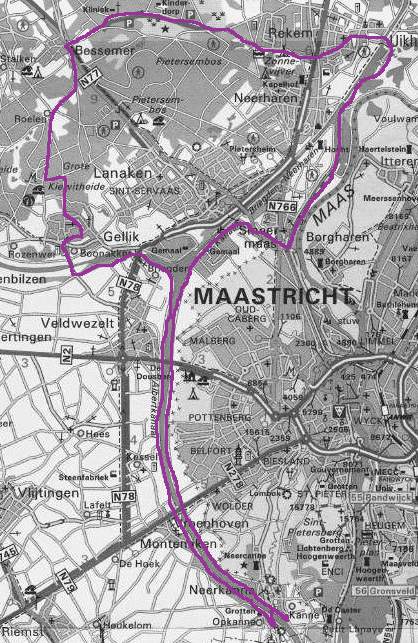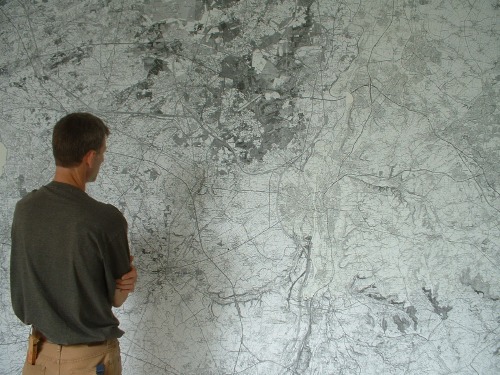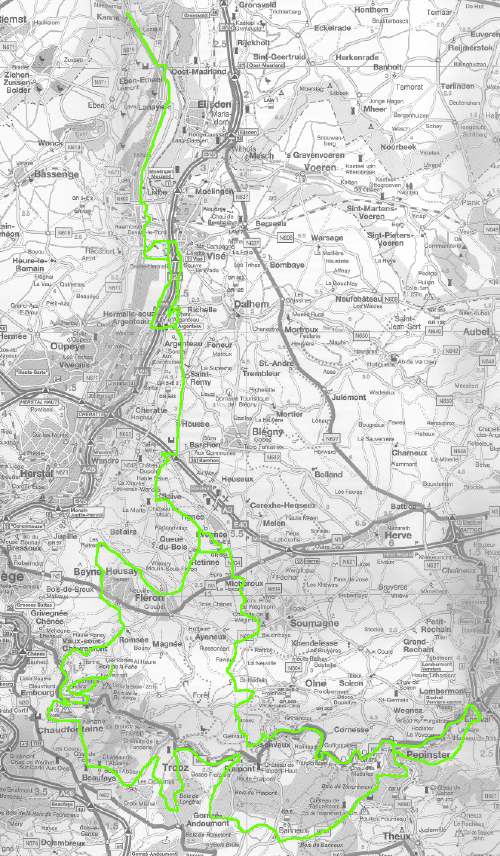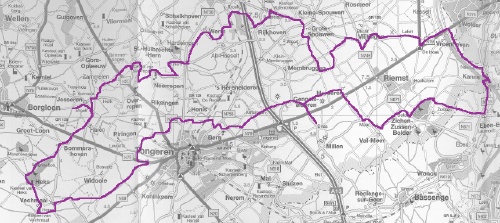Reading through The Public and its Problems
Reading through Dewey’s famous and still very inspiring book on ‘the public’, from 1927. Still 2 chapters to go. Here’s my digest/summary.
All quotes from: John Dewey, The Public and its Problems, Swallow Press, Ohio UP / New York, Henry Holt & Company, 1927.
” [T]he consequences [of human actions] are of two kinds, those which affect the persons directly engaged in a transaction, and those which affect others beyond those immediately concerned. In this distinction we find the germ of the distinction between the private and the public.” p. 12
“When the consequences of an action are confined, or are thought to be confined, mainly to the person directly engaged in it, the transaction is a private one.” p. 12-13
“Yet if it is found that the consequences of conversation extend beyond the two directly concerned, that they affect the welfare of many others, the act acquires a public capacity.” p. 13
“The distinction between private and public is thus in no sense equivalent to the distinction between individual and social (…). Many private acts are social; their consequences contribute to the welfare of the community or affect its status and prospects. In the broad sense any transaction deliberately carrried on between two or more persons is social in quality. It is a form of associated behavior and its consequences may influence further associations.” p. 13
“It is not without significance that etymologically “private” is defined in opposition to “official”, a private person being one deprived of public position.” p. 15
“The obvious external mark of the organization of a public or of a state is thus the existence of officials. Governement is not the state, for that includes the public as well as the rulers charged with special duties and powers. The public, however, is organized in and through those officers who act in behalf of its interests.” p. 27-28
“[T]he problem of discovering the state (…) is a practical problem of human beings living in association with one another, of mankind generically.” p. 32
“[T]he state is the organization of the public effected through officials for the protection of the interests shared by its members.” p. 33
“[O]ur conception gives a criterion for determining how good a particular state is: namely the degree of organization of the public which is attained, and the degree which its officers are so constituted as to perform their function of caring for public interests.” p. 33
“But there is no a priori rule which can be laid down and by which when it is followed a good state will be brought into existence. In no two ages or places is there the same public.” p. 33
“The formation of states must be an experimental proces.” p. 33
“Those indirectly and seriously afffected for good or for evil form a group distinctive enough to require recognition and a name. The name selected is The Public.” p. 35
“What is the public? If there is a public, what are the obstacles in the way of its recognizing and articulating itself? Is the public a myth? Or does it come into being only in periods of marked social transition when crucial alternative issues stand out, such as that between throwing one’s lot in with the conservation of established institutions or with forwarding new tendencies?’ p. 123
“How can a public be organized, we may ask, when literally it does not stay in place? Only deep issues or those which can be made to appear such can find a common denominator among all the shifting and unstable relationships.” p. 140
“Attachement is a very different function of life from afffection. Affections will continue as long as the heart beats. But attachement requires something more than organic causes. The very things which stimulate and intensify affections may undermine attachements. For these are bred in tranquil stability; they are nourished in constant relationships. Acceleration of mobility disturbs them at their root. And without abiding attachements associations are too shifting and shaken to permit a public readily to locate and identify itself.” p. 140-141
“The new era of human relationships in which we live is one marked by mass production for remote markets, by cable and by telephone, by cheap printing, by railway and steam navigation.” p. 141
“The ties which hold men together in action are numerous, though and subtle. But they are invisible and intangible. We have the physical tools as never before. The thoughts and aspirations congruous with them are not communicated, and hence are not common. Without such communication the public will remain shadowy and formless, seeking spasmodically for itself, but seizing and holding its shadow rather than its substance. Till the Great Society is converted into a Great Community, the Public will remain in eclipse. Communication can alone create a great community.” p. 142
